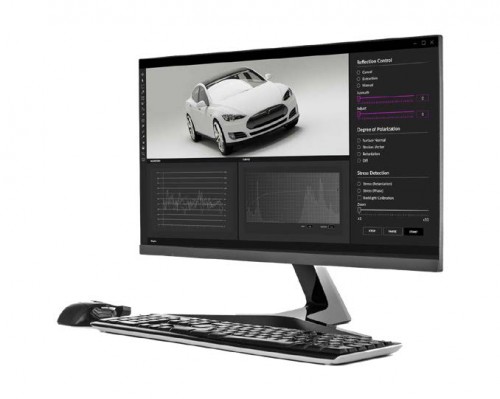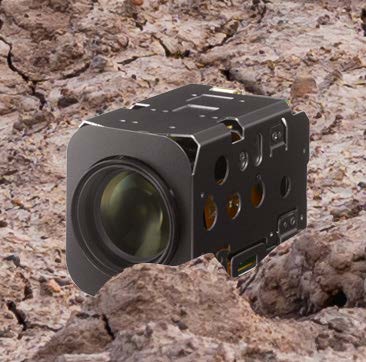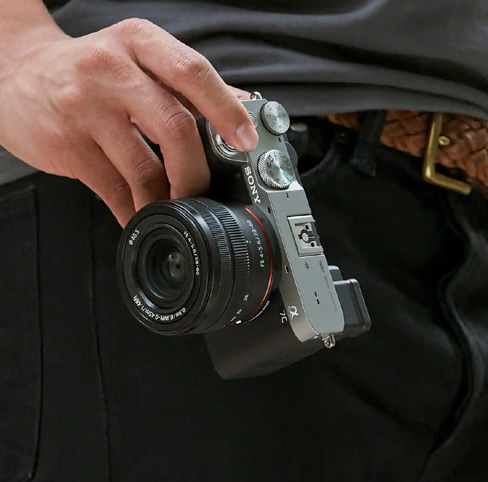Christmas is on it’s way and the traditional turkeys, geese, chicken and ducks are being farmed to meet the demand. And this is a process that, for the turkey at least, begins in August or September at the hatchery.
The principle role of the hatchery is to identify the fertilised eggs and incubate them to hatching; yet identifying which eggs are are viable is a hugely skilled task and requires exceptional levels of concentration. Once incubated, eggs continue to be checked as each dead egg will affect the incubator’s temperature and therefore cause chicks to hatch too early or too late, which decreases the chance of survival.
And the numbers processed are huge. The vast figure of seven million standard and organic turkeys consumed on Christmas day in the UK, is dwarfed by the 242 million raised for the US Thanksgiving holiday. And the sheer scale of the operation has led to hatcheries seeking technological alternatives to speed the identification process – or candling as it is known in the industry - and increase reliability.
The first, and to this date only, system available comes from Visio Nerf, headquarted near Nantes in France. The company has created an infrared vision system that connects a proprietary CPU and lighting system with a Sony XC-EI50 near infrared camera.
The vision system is able to accurately analyse a wide range of standard egg varieties, including turkey, duck, pheasant and chicken, and processes over 50,000 eggs per hour; depending on egg species and incubation tray conditions, this can increase to 150,000 eggs per hour; many orders of magnitude greater than even the most skilled candler.
And the adoption of the technology is proving phenomenal, with a rapidly growing number of hatcheries using it; not just to meet the Christmas demand but to also to meet the constant demand for other birds, notably the 50 billion chickens reared globally for food each year



